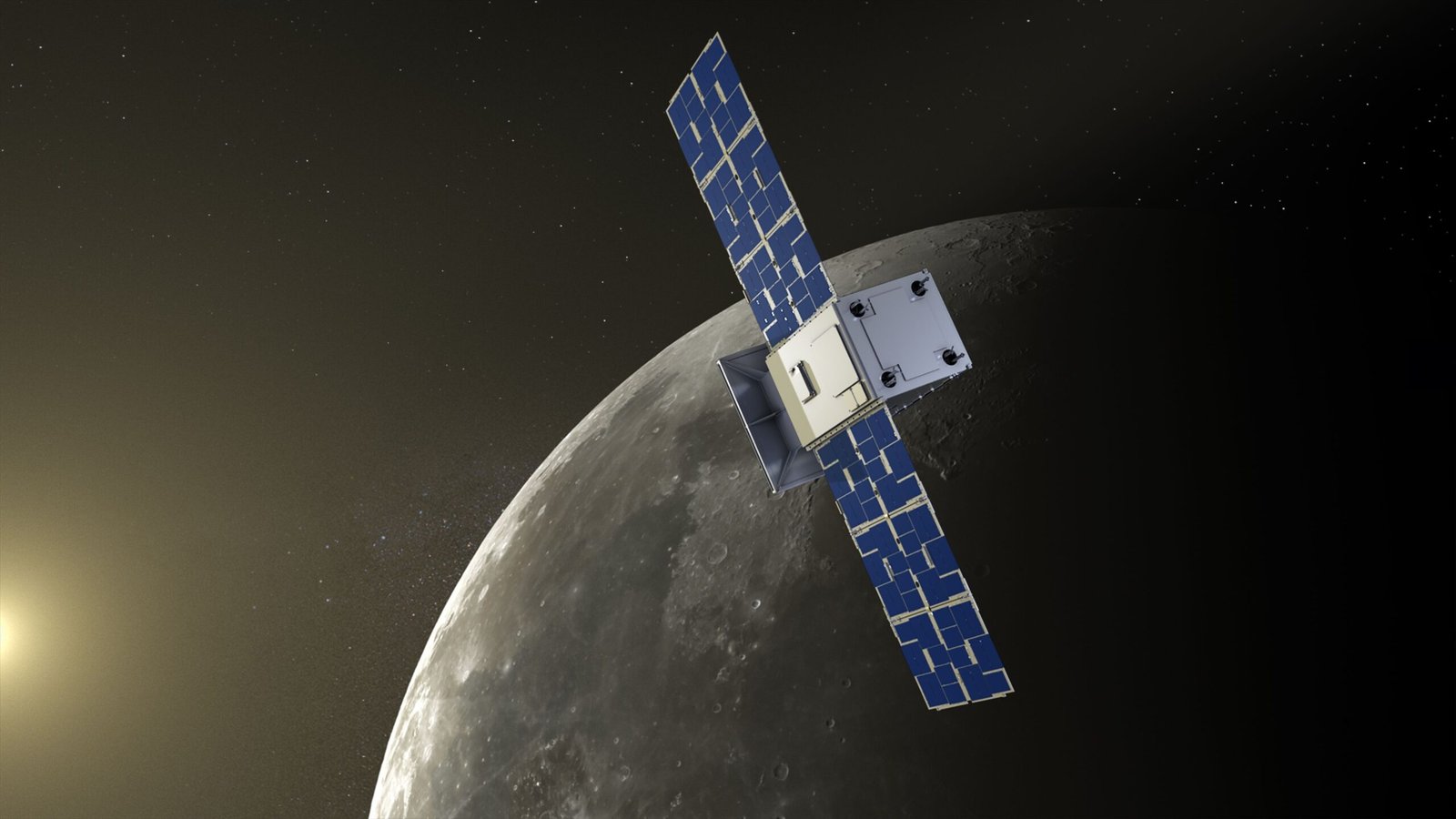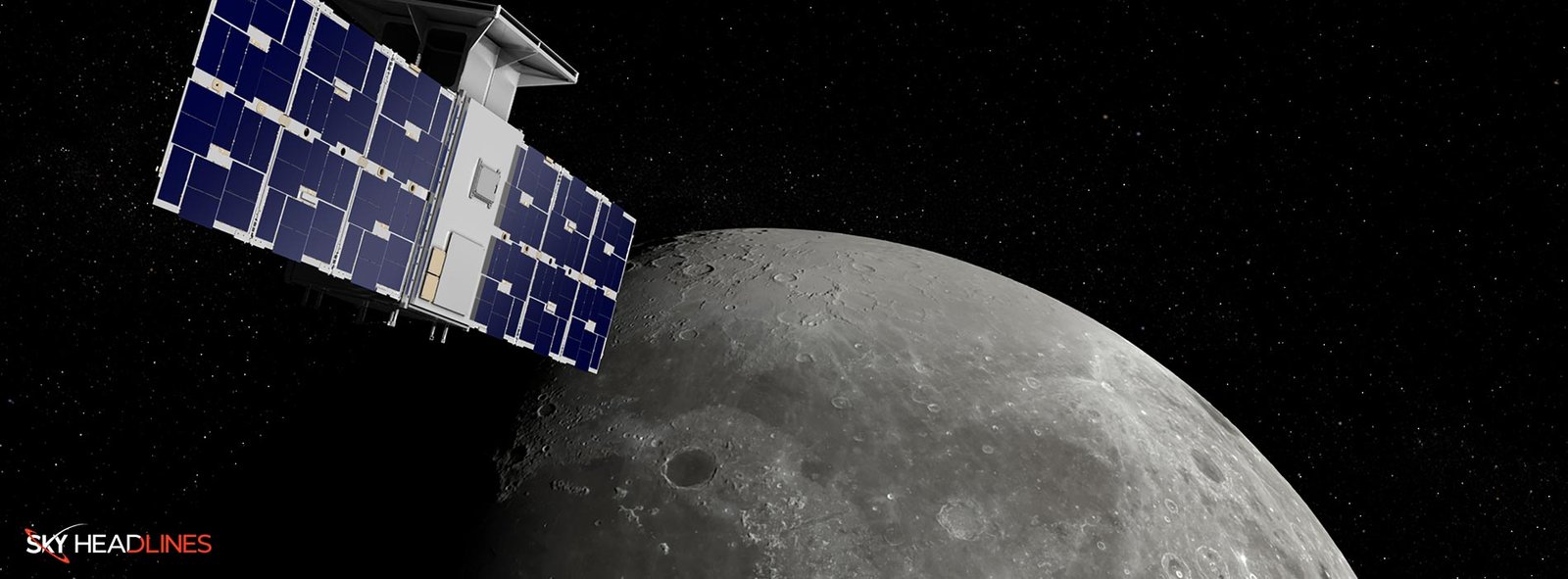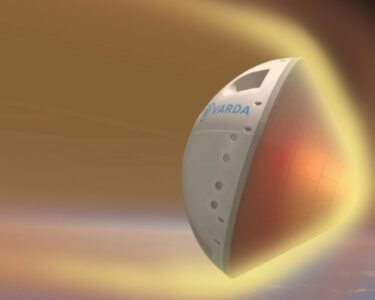The space race has always been a source of excitement and awe, with every new development pushing the limits of human knowledge and technology. NASA’s CAPSTONE Mission is no exception, representing a new era of innovation and exploration. This spacecraft is set to make history by testing cutting-edge systems and technologies in space, paving the way for future lunar missions and human exploration of the moon. CAPSTONE will change our understanding of the universe and space exploration with its mission objectives and goals.
Come along as we delve into the specifics of this astounding mission and the future it could unlock. So,
What is NASA’s CAPSTONE?
The CAPSTONE, or Cislunar Autonomous Positioning System Technology Operations and Navigation Experiment, is one of NASA’s first spacecraft to fly in a near-rectilinear halo orbit (NRHO). This innovative spacecraft, developed by Advanced Space and propelled by Stellar Exploration, is a 12U CubeSat type. So, it will take on the role of a trailblazer by demonstrating cutting-edge technologies and operations in space. With a total cost of around $30 million.

CAPSTONE’s primary mission is set to last six months. But it has the potential to continue operating for an additional year or more in an extended mission. Scheduled to launch on June 28th, 2022, aboard an Electron/Photon HyperCurie rocket from Rocket Lab’s Mahia Launch Complex in New Zealand, CAPSTONE has entered the Near-Rectilinear Halo Orbit (NRHO) around the moon on November 14th, 2022.
You should also know,
What is the purpose of the CAPSTONE satellite?
CAPSTONE’s mission objectives are extensive and include many significant accomplishments for future lunar missions. One of its key objectives is to verify the characteristics of a cis-lunar near rectilinear halo orbit. Also, it will help determine its usefulness for future spacecraft. The main goal of CAPSTONE’s mission is to test out new systems and technologies in space as part of a technology demonstration. In addition to its role as a trailblazer, CAPSTONE will also serve as a vital component of NASA’s larger Lunar Gateway program. Moreover, it aims to establish a permanent human presence on the moon.
Anyhow,
One of CAPSTONE’s main goals is to test a new navigation system that will allow it to measure its position relative to NASA’s Lunar Reconnaissance Orbiter (LRO) without relying on ground stations. This system will help pave the way for future lunar missions by enabling spacecraft to navigate autonomously and more efficiently in space. With its arrival in lunar orbit on November 14, 2022, CAPSTONE is about to finish its six-month mission to orbit the moon, collect data, and test new technologies that will help us learn more about and explore our neighbor in the sky.
Now you might be thinking,
Did CAPSTONE reach the Moon?
The CAPSTONE mission operations team verified that the CAPSTONE spacecraft entered the Moon’s orbit on November 13, 2022. At 7:39 p.m. EST, the CubeSat executed its first orbit insertion maneuver by firing its thrusters to place the spacecraft into orbit. CAPSTONE is currently in an NRHO or near-rectilinear halo orbit. This NRHO is the same orbit that will support the Artemis missions of NASA. CAPSTONE is the first spacecraft to fly an NRHO and the first CubeSat to function on the Moon.
Moreover, Let’s find out,
What is the current status of NASA’s Capstone?
The CAPSTONE spacecraft is currently operating successfully in a Near Rectilinear Halo Orbit (NRHO) around the Moon, fulfilling its mission objectives. The spacecraft has completed approximately 12.5 orbits since its arrival on November 13th and has operated successfully through two lunar eclipses. So this presented challenges for its thermal and power systems. The spacecraft has also executed two maintenance maneuvers to keep it in its desired orbit.
The CAPSTONE team has completed interface testing with the Lunar Reconnaissance Orbiter ground systems and is preparing for further experiments. It includes crosslink experiments with LRO and technology demonstrations using the Cislunar Autonomous Positioning System (CAPS). The spacecraft still has approximately 56% of its fuel remaining. Hence, it provides a significant margin to operate in the NRHO for the planned mission duration and beyond. The CAPSTONE mission team has satisfied its fourth mission objective of disseminating lessons learned from the mission by publishing several papers related to mission operations and program development. The team plans to publish additional papers in the future detailing their upcoming plans in the NRHO.





